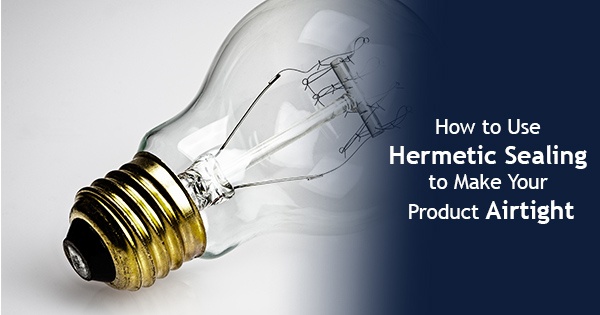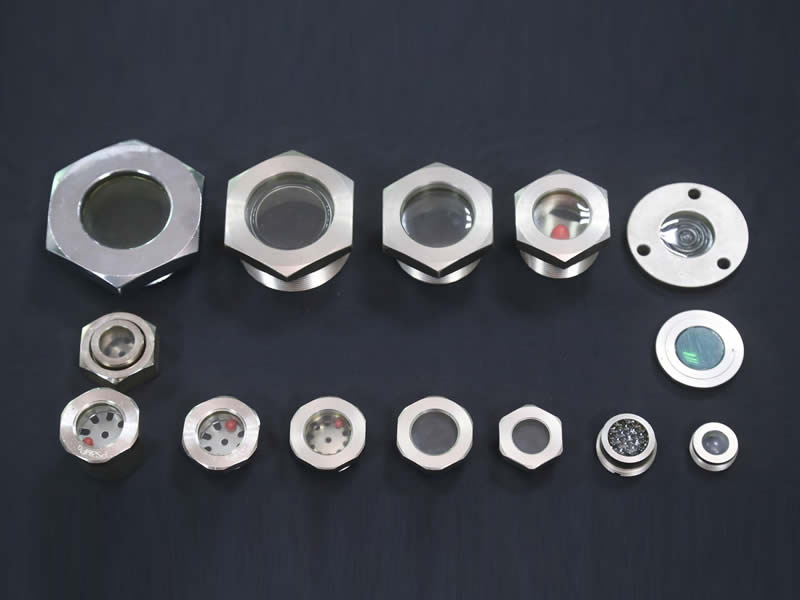In the realm of sealing technologies, achieving a hermetic seal is paramount when the utmost protection from environmental elements is demanded. Whether you’re working with critical medical devices, safeguarding sensitive electronics, or preserving the integrity of foodstuff, a hermetic seal ensures impenetrable barriers against moisture, air, and other contaminants.

Image: www.ambrell.com
Mastering the art of hermetic sealing requires a blend of technical prowess and meticulous attention to detail. To empower you with the knowledge and techniques essential for achieving hermetic seals, this comprehensive guide will delve into the intricacies of this specialized field.
What is a Hermetic Seal?
A hermetic seal, in its essence, is a complete and impervious closure that prevents the passage of any substance across a defined boundary. This airtight and watertight barrier forms a robust defense against external contaminants, ensuring the preservation and integrity of the enclosed environment.
Historical Significance and Modern Applications
The pursuit of hermetic sealing dates back centuries. Ancient civilizations employed techniques such as beeswax and resin to preserve food and other valuables from spoilage. Today, hermetic sealing finds widespread use in diverse industries, including:
- Medical devices
- Electronic components
- Food and beverage packaging
- Aerospace engineering
Achieving Hermetic Sealing
Attaining a hermetic seal involves a systematic approach that encompasses material selection, precision manufacturing, and rigorous testing.
Material Selection: The choice of materials plays a pivotal role in hermetic sealing. Common materials include glass, metal, and ceramics, each offering unique properties such as strength, thermal stability, and corrosion resistance.
Precision Manufacturing: Precision machining and shaping techniques are essential for creating smooth and precisely fitting surfaces. Advanced technologies such as laser welding and ultrasonic bonding ensure tight tolerances and minimize potential leak paths.
Rigorous Testing: To verify the integrity of hermetic seals, a series of rigorous tests are conducted. These tests include helium leak detection, which utilizes a highly sensitive tracer gas to identify even the smallest leaks, and pressure decay testing, which evaluates the seal’s ability to withstand pressure differentials.

Image: auto-metalseal.com
Seal Design Considerations
The design of a hermetic seal is equally important as its construction. Factors to consider include:
Flange Design: The flange, or the mating surface of the seal, must be designed to provide a uniform and consistent contact area.
Gasket Selection: The gasket, a deformable material placed between the mating surfaces, plays a crucial role in filling irregularities and enhancing the seal’s effectiveness.
Surface Preparation: Proper surface preparation, including cleaning and removal of contaminants, is essential for optimizing seal performance.
Tips and Expert Advice for Hermetic Sealing
“To achieve a hermetic seal, pay meticulous attention to detail and leverage proven techniques,” advises industry expert Dr. Emily Carter. “Carefully plan the seal design, select the appropriate materials, and employ precision manufacturing methods. Utilize specialized testing equipment to verify the integrity of the seal, and regularly monitor its performance.”
Tips for Success:
- Utilize high-quality materials and components.
- Invest in precision manufacturing equipment.
- Incorporate regular testing into your quality control process.
- Seek guidance from experienced professionals in the field.
Frequently Asked Questions
Q: What is the difference between a hermetic seal and a vacuum seal?
A: Hermetic seals provide an airtight and watertight barrier, while vacuum seals remove air from a sealed environment.
Q: How long does a hermetic seal last?
A: The longevity of a hermetic seal depends on various factors, including the materials, design, and environmental conditions. With proper maintenance, it can last for decades.
Q: What are the challenges in achieving a hermetic seal?
A: Challenges include material incompatibility, surface imperfections, and environmental factors. Careful design and precision manufacturing techniques are essential to overcome these challenges.
Q: How do you test the integrity of a hermetic seal?
A: Helium leak detection and pressure decay testing are common methods used to verify the effectiveness of a hermetic seal.
How To Make Hermetic Seal
Conclusion
Achieving a hermetic seal is a complex and demanding process that requires a comprehensive understanding of materials, manufacturing techniques, and testing methods. By adhering to the principles outlined in this guide, you can create robust and reliable seals that safeguard critical assets and preserve the integrity of sensitive environments.
Are you fascinated by the world of hermetic sealing? Join the community of experts and enthusiasts by engaging in discussions, sharing your experiences, and expanding your knowledge on the topic.







